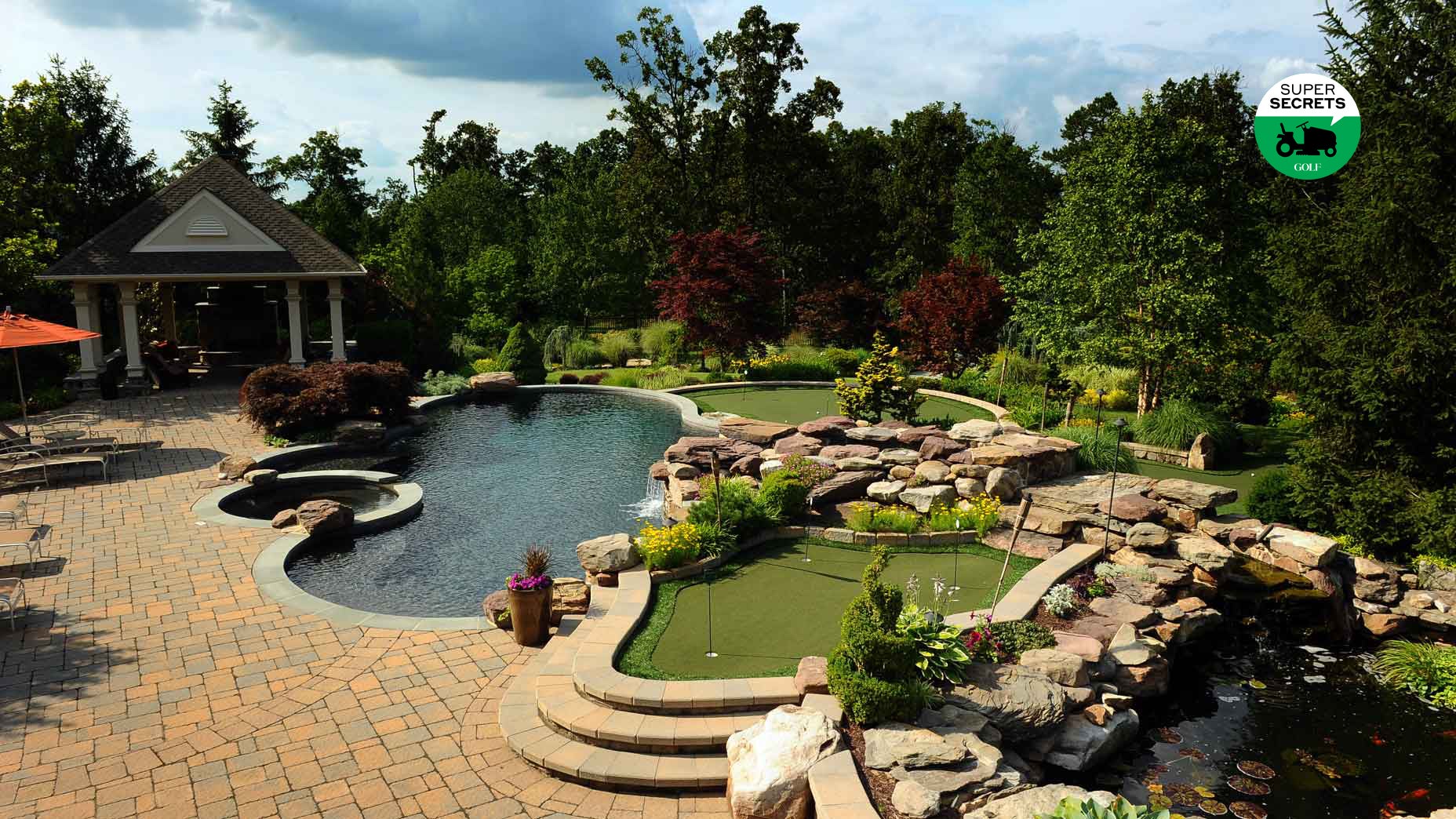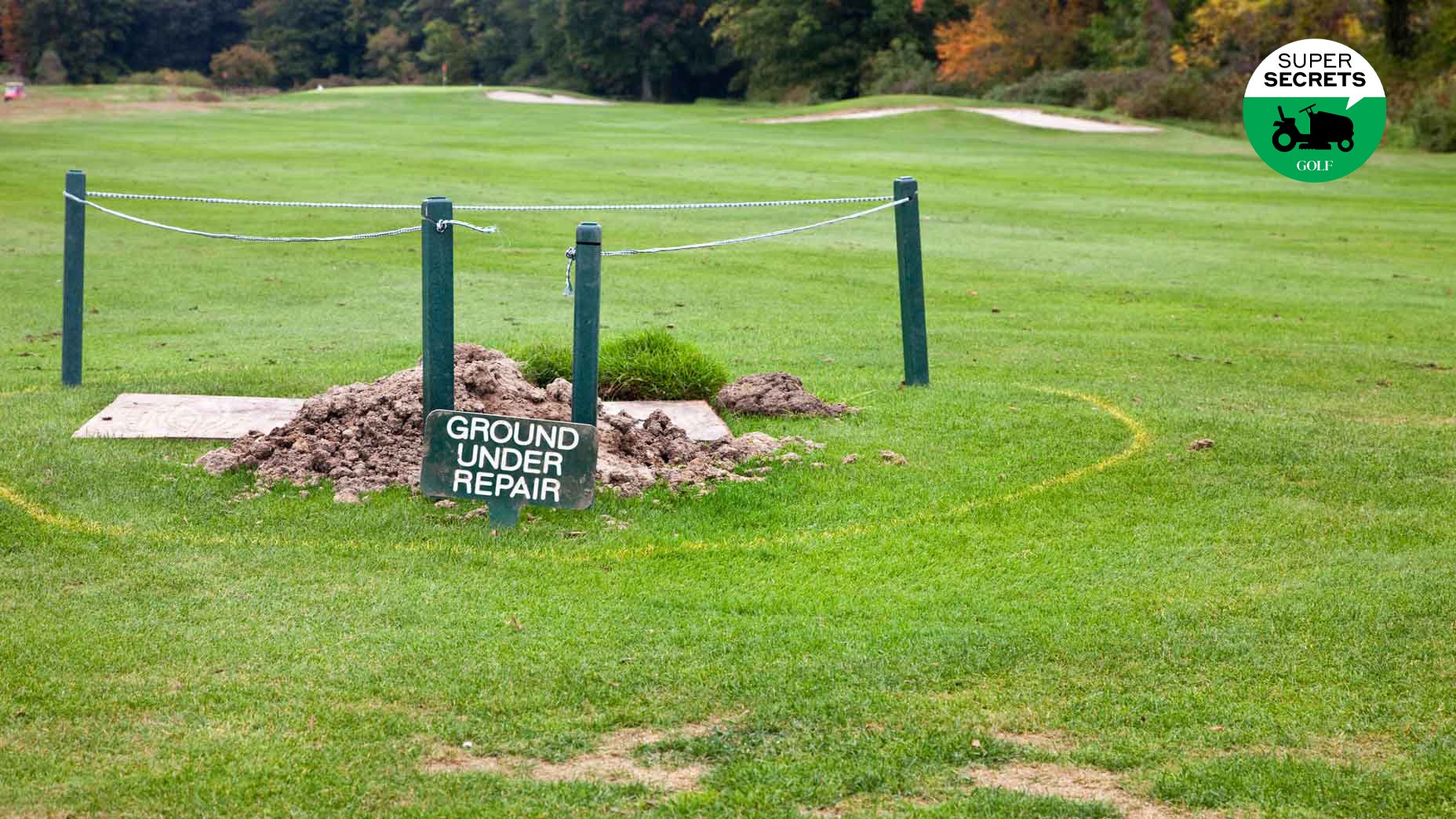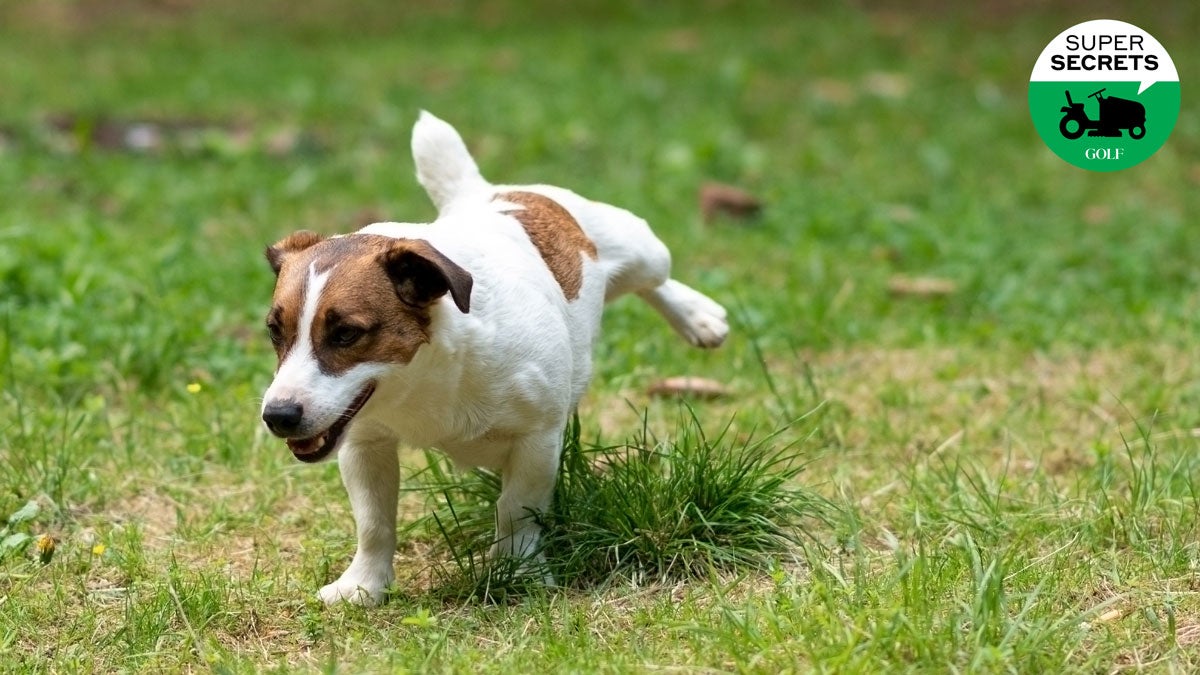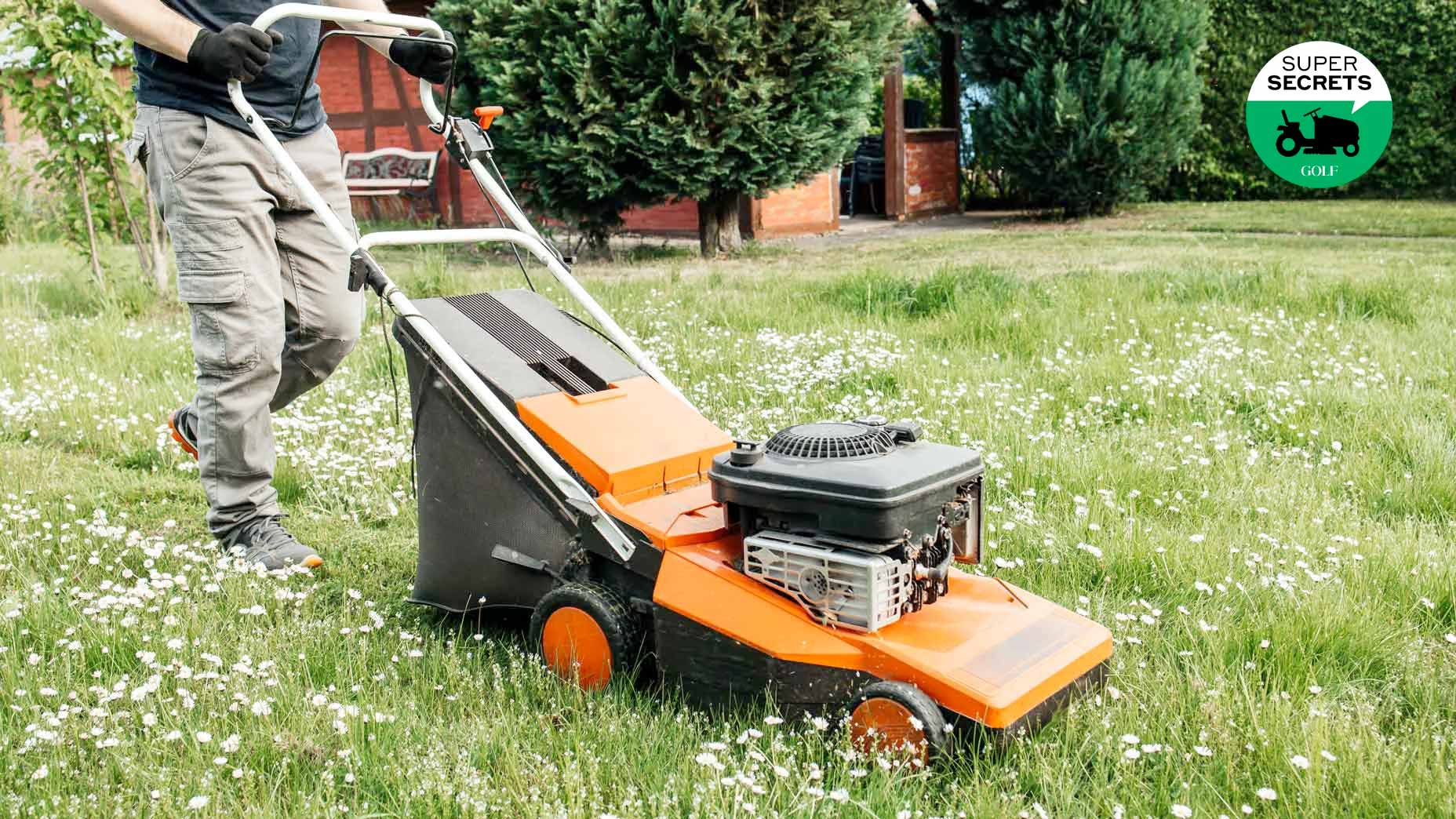10 yard-care mistakes to avoid this spring, according to a superintendent
- Share on Facebook
- Share on Twitter
- Share by Email
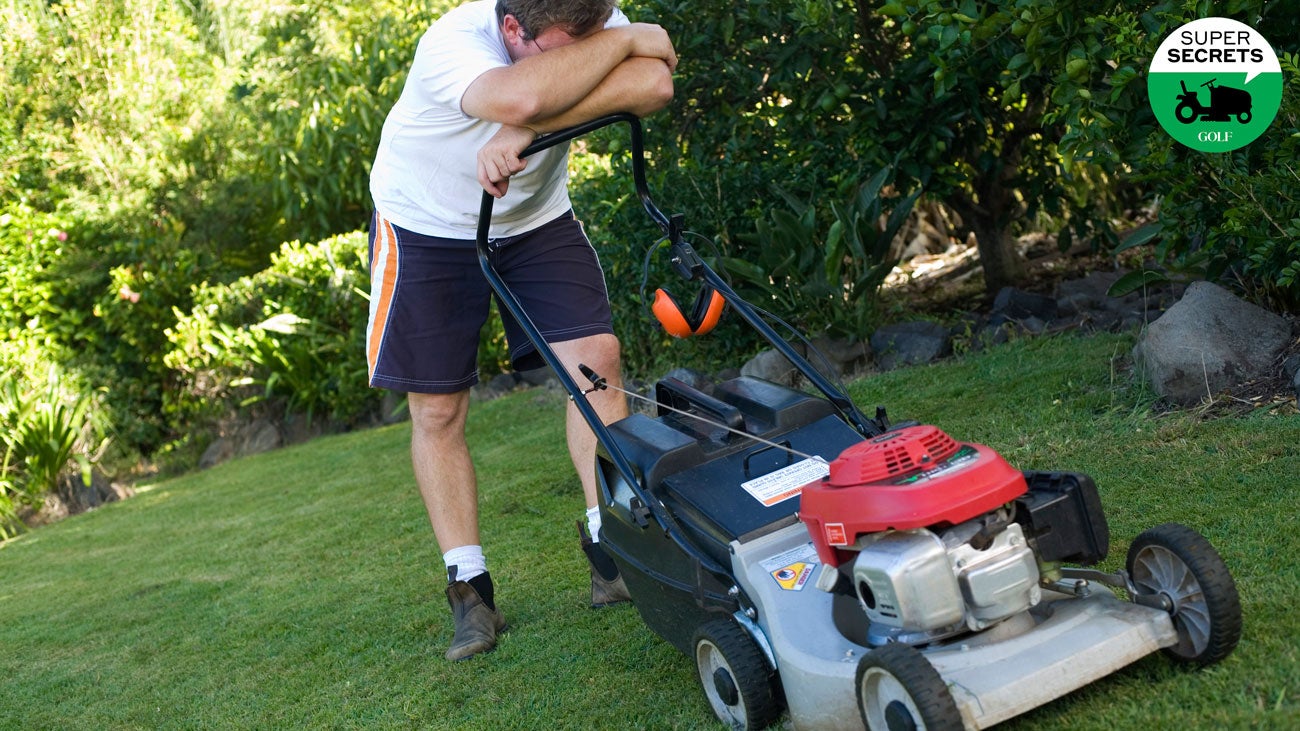
A little extra effort goes a long way toward creating a healthy lawn in spring.
Getty Images
Spring is here, the season of renewal, blooming with potential on the course.
And in your yard.
But just as bad habits can creep into your swing, poor agronomic practices can affect your lawn.
Ann Paulisich, a 14-year member of the Golf Course Superintendents Association of America, is the superintendent at Keystone Ranch Golf Club, in Keystone, Colo. We asked her about the most common springtime errors turf-care amateurs make when they’re caring for grass at home.
1. Impatience
We get it. You’re itching to get your lawn up and ready. Take a deep breath, pause, and let nature set the pace. “I like to let the turf warm up, wake up and come out of its long-winter sleep,” Paulisich says. That means waiting until the threat of frigid nights and frost are gone before you start whipping the grass back into shape. If you’ve seeded your yard, she says, give it 21 days before subjecting it to traffic. “Keep the kids and the dogs off of it until then,” Paulisich says. Too often, she adds, homeowners jump the gun, which negates the time and money they’ve just put in.
2. Mowing too short
A byproduct of impatience is trying to mow your grass too tight, too fast. Superintendents abide by the one-third rule, and you should, too. That means never lopping off more than one-third of the grass blade in a single mow. Mowing causes injury. The plant needs to recover, and it can’t do that if it’s cut too short. “Mow down gently,” Paulisich says, giving your yard a week between cuts.
3. Mowing with dull blades
Dull blades don’t cut. They tear. Before you bust out the mower, make sure you’ve had it sharpened. Try to have this done at least once a year, either as a DIY job, or at your local home and garden store.
4 Working while the ground is wet
The damper the turf, the more vulnerable it is to traffic from foot and machine traffic. Hold off on the serious work until the ground is dry. “If you go out there when it’s wet, those footprints and wheel ruts are going to be around for a while,” Paulisich says.
5 Overwatering
Overwatering a lawn is like pampering a child. It might feel like the right thing in the moment. In the long-run, though, you’re not doing anyone any favors. “It creates a weak plant,” Paulisich says. “To build healthy turf, the plant needs to put its energy into finding water, which means it should struggle some.” How much is enough? A lot depends on the turf type and climate. But a good rule of thumb is about an inch of water a week.
6. Watering at the wrong time of day
Early morning is the way to go. Too many homeowners turn on their sprinklers in the heat of day, and the water evaporates or blows away before it can get to where it needs to go.
The right way to repair a ball mark (and the wrong way), according to a superintendentBy: Josh Sens
7. Over-fertilizing
As with watering, the temptation is to feed and keep on feeding. But when you give the plant too much, Paulisich says, “it grows up instead of out,” which isn’t healthy. A good ballpark is a half a pound of fertilizer per thousand square feet.
8. Poor weed prevention
Paulisich isn’t a big advocate of herbicides for home use. But you’ve got to do something to safeguard against weeds, especially when the grass is just emerging from hibernation and vulnerable to invasion. Paulish recommends a light overseeding of perennial ryegrass, which helps fill in any gaps where weeds might encroach. If you do use herbicide, make it a timely application of a pre-emergent weed killer. “A lot of people wait until they see the weeds,” Paulisich says. “That’s too late. You want to get it down before the weeds appear.”
9. Leaving too many clippings
Mowing creates clippings, which can be good for yard in moderation; as they decompose, they act as a kind of fertilizer, returning nitrogen to the soil. Problem is, a lot of homeowners leave too many clippings, which leads to thatch — a layer of dead organic material between the soil and the grass blades. And because thatch prevents the flow of water and air through the root zone, it leaves you with a lawn that requires more watering and more work.
10. Failing to rake
You don’t have to do it hard or often. But a lot of homeowners forget to rake at all. That’s a mistake. A light, thorough raking, carried out before the weather gets too hot or dry, removes dead material and helps the turf stand up. “The turf needs light,” Paulisich says. “Stand it up to give it light and air.”
Latest In Lifestyle

Josh Sens
Golf.com Editor
A golf, food and travel writer, Josh Sens has been a GOLF Magazine contributor since 2004 and now contributes across all of GOLF’s platforms. His work has been anthologized in The Best American Sportswriting. He is also the co-author, with Sammy Hagar, of Are We Having Any Fun Yet: the Cooking and Partying Handbook.


